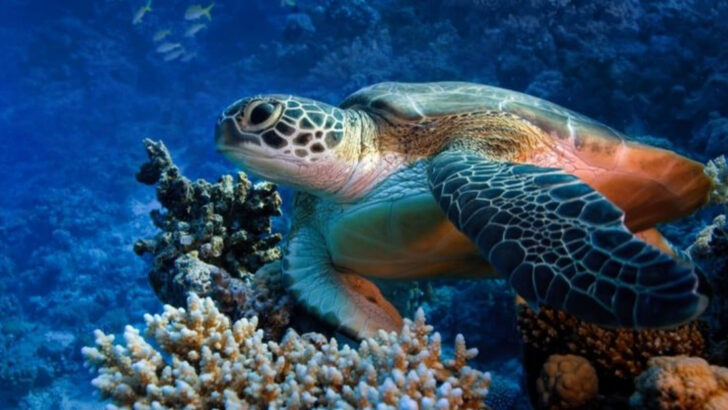Sea turtles are not slow, simple creatures—they’re oceanic legends wrapped in armor. These ancient wanderers have been swimming the planet’s seas since the time of the dinosaurs. They cross entire oceans, sleep underwater, and can hold their breath longer than most of us can nap. And while they may look like chill beach bums, there’s a world of weird, wild science hiding behind those calm eyes. Some of their secrets feel like science fiction. Built-in GPS? Check. Gender decided by sand temperature? Oh yes. A stomach that can mistake plastic for jellyfish? Tragically, that too. Think you know sea turtles? Get ready to have your mind flipped like a hatchling sprinting to the waves. Here are 12 jaw-dropping facts about these shell-backed wonders— and 7 more that might just leave you speechless.
Longevity of Sea Turtles

Sea turtles are known for their impressive longevity, living up to 50 years or more. Their life begins with a perilous journey from the nest to the ocean, with only a small percentage surviving to adulthood.
Once in the ocean, they travel vast distances, often returning to their birthplace to lay eggs. This remarkable ability to navigate huge distances is a striking feature of their life.
Their long lifespan allows them to play crucial roles in ocean ecosystems, contributing to the health of seagrass beds and coral reefs.
Unique Navigation Skills

How do sea turtles find their way across vast oceans? They use the Earth’s magnetic field as a compass. This extraordinary navigation ability allows them to migrate thousands of miles.
Scientists believe that hatchlings imprint the unique magnetic signature of their birthplace. This helps them return to the exact beach where they were born, decades later.
Their navigation skills remain a topic of research, providing insights into animal behavior and migration patterns.
Diverse Species of Sea Turtles
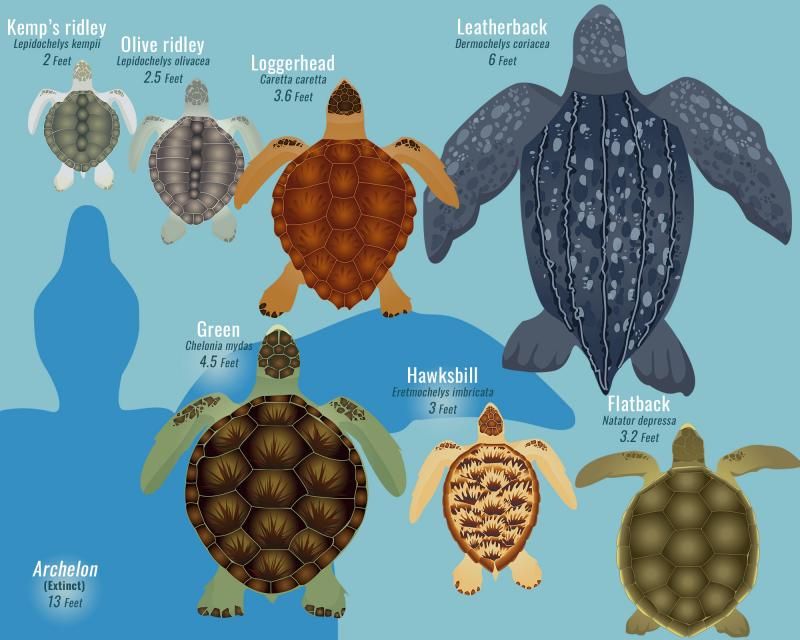
There are seven species of sea turtles, each with unique characteristics. The leatherback, the largest, can weigh up to 2,000 pounds.
In contrast, the Kemp’s ridley is the smallest, known for its mass nesting called arribadas. Each species plays a unique role in marine ecosystems, from controlling jellyfish populations to maintaining healthy coral reefs.
Understanding these differences helps in conservation efforts, ensuring that each species is protected according to its specific needs.
Hatchling Survival Challenges
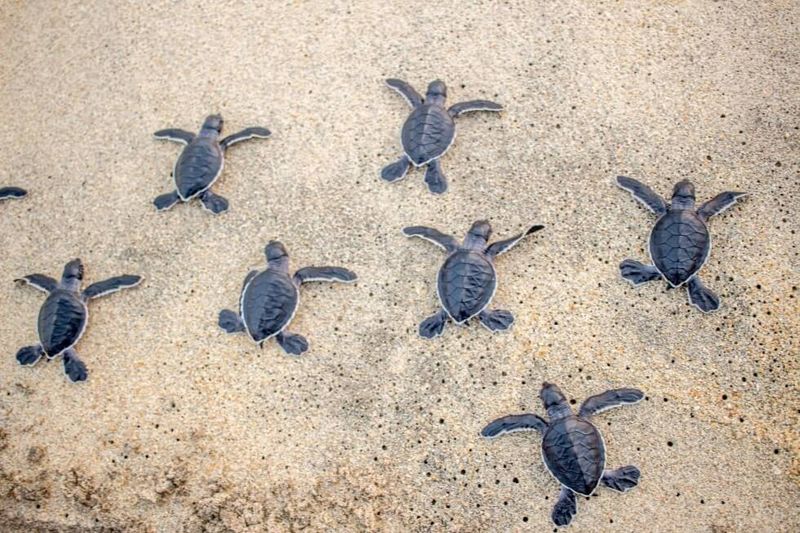
The journey from nest to ocean is fraught with danger for hatchlings. Predators like birds and crabs pose constant threats during this critical stage.
Once in the ocean, young sea turtles face the challenges of finding food and avoiding aquatic predators. Despite these odds, those that survive grow into resilient adults.
Conservation efforts focus on protecting nesting sites and ensuring safe passage for hatchlings, crucial for the survival of these creatures.
Sea Turtles’ Role in Ecosystems
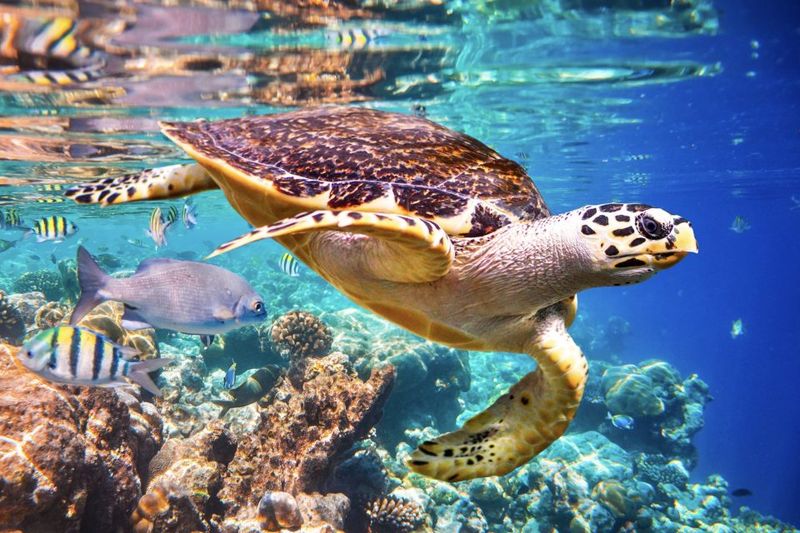
Sea turtles are vital to marine ecosystems. They graze on seagrass, which helps maintain healthy seagrass beds. These beds, in turn, serve as nurseries for various marine species.
Turtles also help control jellyfish populations, balancing marine food webs. Their presence on nesting beaches adds nutrients to sand dunes, supporting plant growth.
By understanding their ecological roles, we can better appreciate and protect these ancient mariners.
Nesting Rituals and Behaviors

Nesting is a significant ritual for sea turtles. Female turtles return to the beach where they were born to lay eggs, a behavior known as natal homing.
They dig nests in the sand with their flippers, laying hundreds of eggs before covering them. This process is both instinctual and fascinating.
Conservationists monitor nesting sites to protect eggs from predators and human interference, ensuring future generations of sea turtles.
Dietary Habits of Sea Turtles
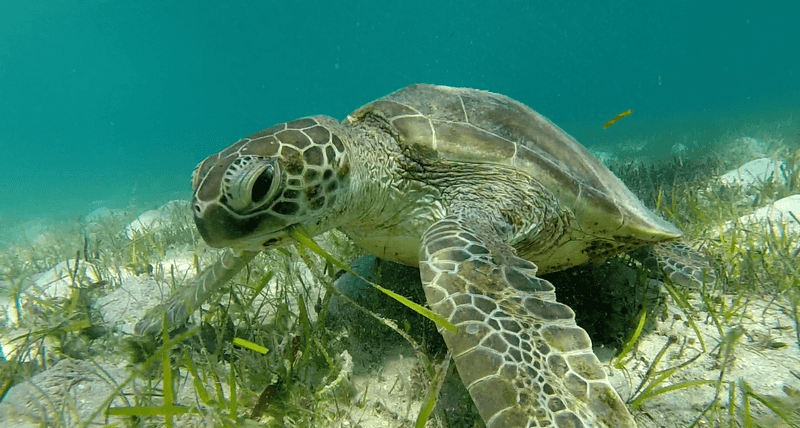
Sea turtles have varied diets depending on their species. Some, like the green turtle, are primarily herbivores, feeding on seagrass and algae.
Others, like the leatherback, prefer jellyfish. This dietary diversity helps maintain balance in their ecosystems.
Understanding these dietary habits aids in the conservation of their habitats, ensuring food sources remain abundant and healthy.
Threats from Plastic Pollution

Plastic pollution poses a severe threat to sea turtles. Mistaking plastic bags for jellyfish, turtles consume them, leading to internal blockages and death.
Turtles also become entangled in discarded fishing gear, restricting their movement. This threat has prompted global efforts to reduce plastic waste.
Awareness and action are crucial to safeguard these creatures, emphasizing the importance of sustainable practices.
Leatherback Turtles’ Unique Features
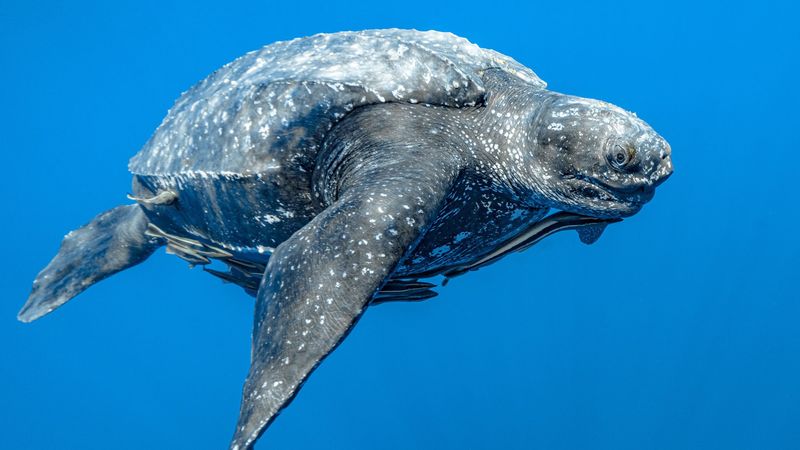
The leatherback turtle stands out with its leathery shell and immense size. It can dive deeper than any other turtle, reaching depths of over 1,000 meters.
This species has a unique diet, primarily feasting on jellyfish. Their specialized throat lining helps in consuming slippery prey.
Leatherbacks’ unique adaptations make them fascinating subjects for marine biologists, offering insights into evolution and survival strategies.
Cultural Significance of Sea Turtles
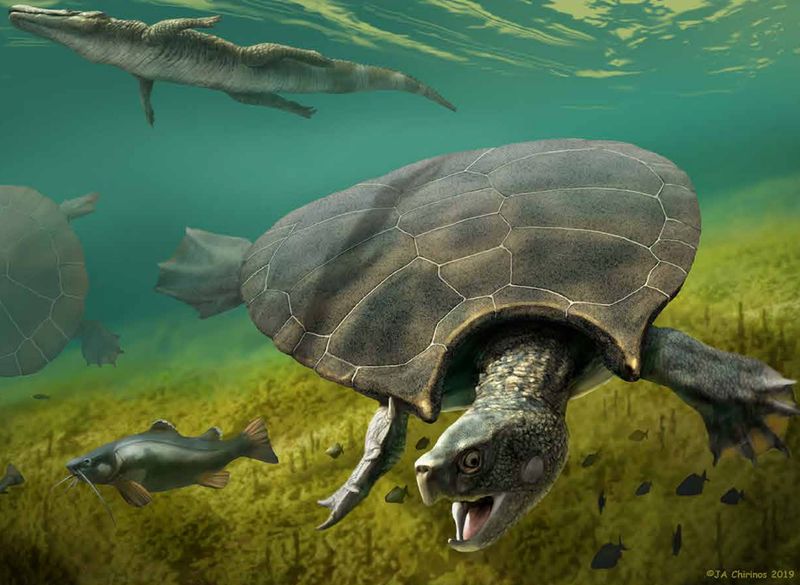
Sea turtles have held cultural significance for millennia. Coastal communities often revered them as symbols of longevity and wisdom.
In some cultures, they are part of creation myths and traditional stories. Artifacts and artworks frequently depict these majestic creatures, underscoring their importance.
Understanding their cultural roles enriches our appreciation of their place in human history and mythology.
Sea Turtle Conservation Efforts

Conservation efforts for sea turtles are critical. Organizations worldwide focus on protecting nesting sites and reducing bycatch in fisheries.
Community involvement is key, with education programs raising awareness about the importance of these creatures. Beach clean-ups and legislation also play roles in protecting these turtles.
These efforts aim to ensure that future generations can witness the beauty and wonder of sea turtles.
Impact of Climate Change

Climate change affects sea turtles in various ways. Rising temperatures can alter sand temperatures, influencing the sex of hatchlings.
Sea levels and storms threaten nesting beaches, reducing viable nesting areas. These challenges call for urgent action to mitigate climate impacts.
By addressing climate change, we protect not only sea turtles but entire marine ecosystems.
Unexpected Flexibility of Turtle Necks
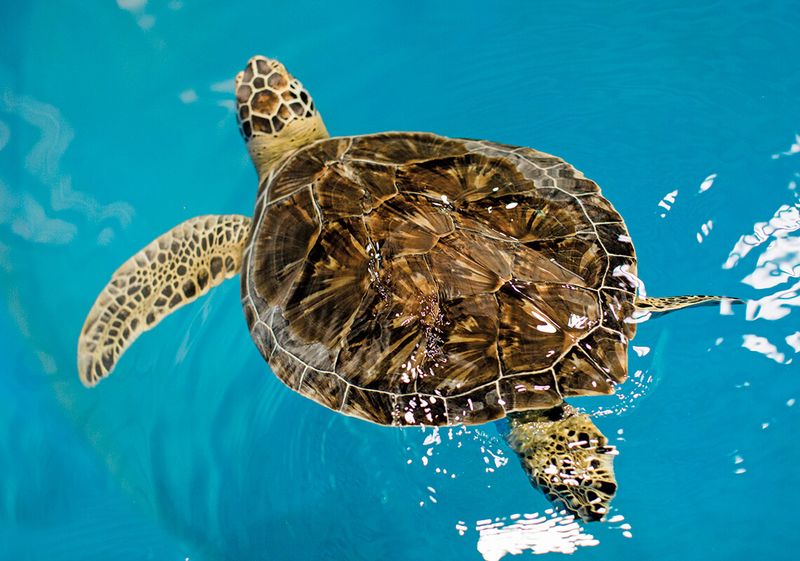
Turtles may appear rigid, but their necks are surprisingly flexible. This flexibility helps them forage for food and navigate obstacles in their environment.
Unlike other sea creatures, turtles can retract their heads into their shells when threatened, thanks to this neck flexibility.
This unexpected trait highlights the adaptability of turtles and contributes to their survival in diverse habitats.
Dangers of Light Pollution
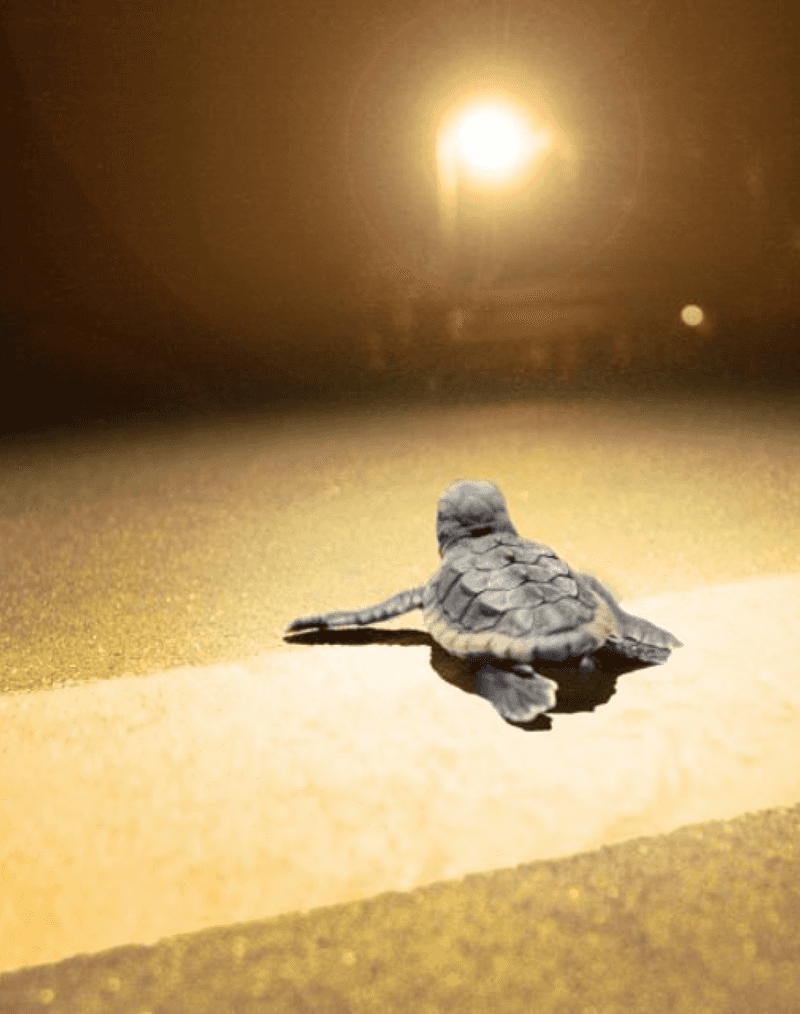
Artificial lighting near beaches can disorient hatchling turtles. Mistaking streetlights for the moon, they head inland instead of toward the ocean.
This disorientation increases their vulnerability to predators and exhaustion, reducing survival rates. Conservationists advocate for turtle-friendly lighting.
Awareness and modifications to beach lighting are crucial to protect hatchlings during their critical journey.
Bizarre Turtle Respiratory Systems

Sea turtles have peculiar respiratory systems. Unlike most reptiles, they can absorb oxygen through the skin of their cloaca.
This adaptation allows them to stay submerged for long periods, conserving energy while diving deep.
These unique adaptations make turtles resilient and intriguing subjects for scientific study, shedding light on their evolutionary success.
Sea Turtles’ Historical Relatives
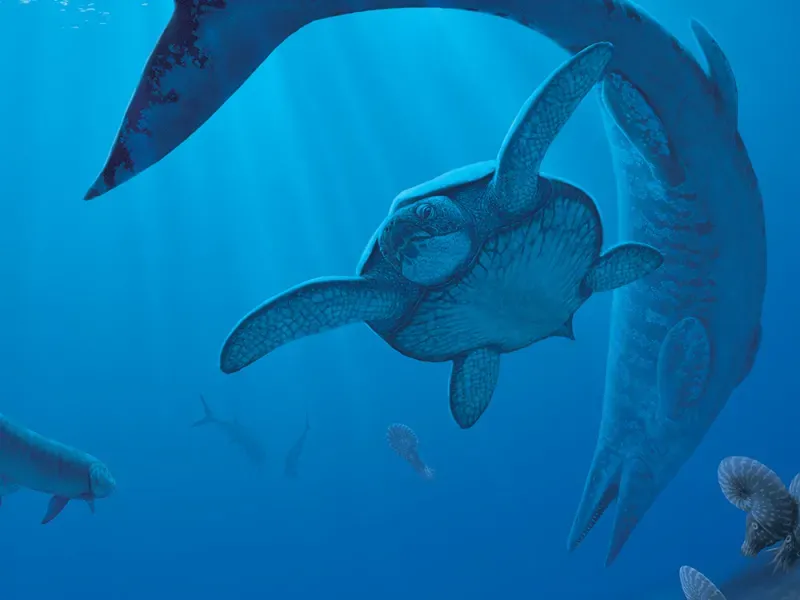
Sea turtles have ancient relatives that roamed the oceans millions of years ago. Fossil records reveal a lineage stretching back to the time of the dinosaurs.
Their ancestors were diverse, ranging from giant marine reptiles to small, agile swimmers. This rich history is reflected in their current diversity.
Studying these ancient relatives provides insights into their evolution and adaptation over time.
Sea Turtles’ Role in Folklore

Throughout history, sea turtles have appeared in folklore across cultures. In some tales, they carry the world on their backs or guide heroes across the seas.
Their gentle nature and endurance often symbolize wisdom and perseverance. These stories connect human communities to the oceans, fostering respect and care.
Exploring sea turtle folklore reveals deep cultural connections, enhancing appreciation for these creatures.
Gender Determination by Temperature
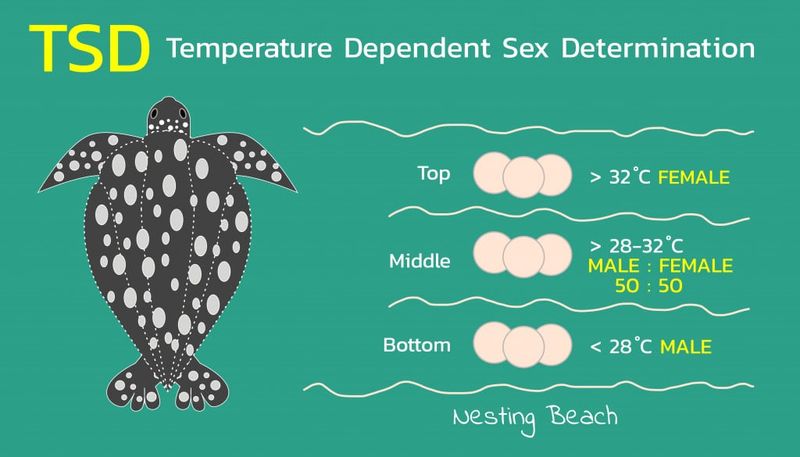
The gender of sea turtle hatchlings is determined by the temperature of the sand where eggs are incubated. Warmer sands tend to produce females, while cooler sands yield males.
This phenomenon, known as temperature-dependent sex determination, has profound implications for population dynamics, especially in the face of climate change.
Understanding this process is vital for conservation strategies, ensuring balanced populations and long-term survival.
Sea Turtles’ Magnetic Sense of Direction
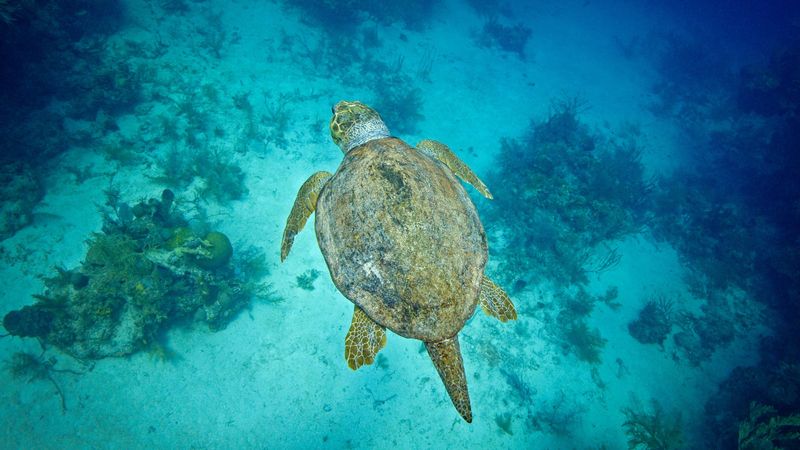
A sea turtle’s journey across the vast ocean is guided by Earth’s magnetic fields. These ancient mariners possess an innate magnetic compass that aids their navigation. This remarkable ability allows them to traverse thousands of miles and find their way back to the same nesting beaches where they were born.
Imagine the precision needed to navigate open waters without landmarks. The sea turtle’s magnetic sense is a marvel of evolutionary adaptation. This skill not only highlights their resilience but also underscores the complexity of animal navigation.
Did you know? This magnetic sense is akin to having a built-in GPS, attuned to the subtle geomagnetic cues of the planet.

